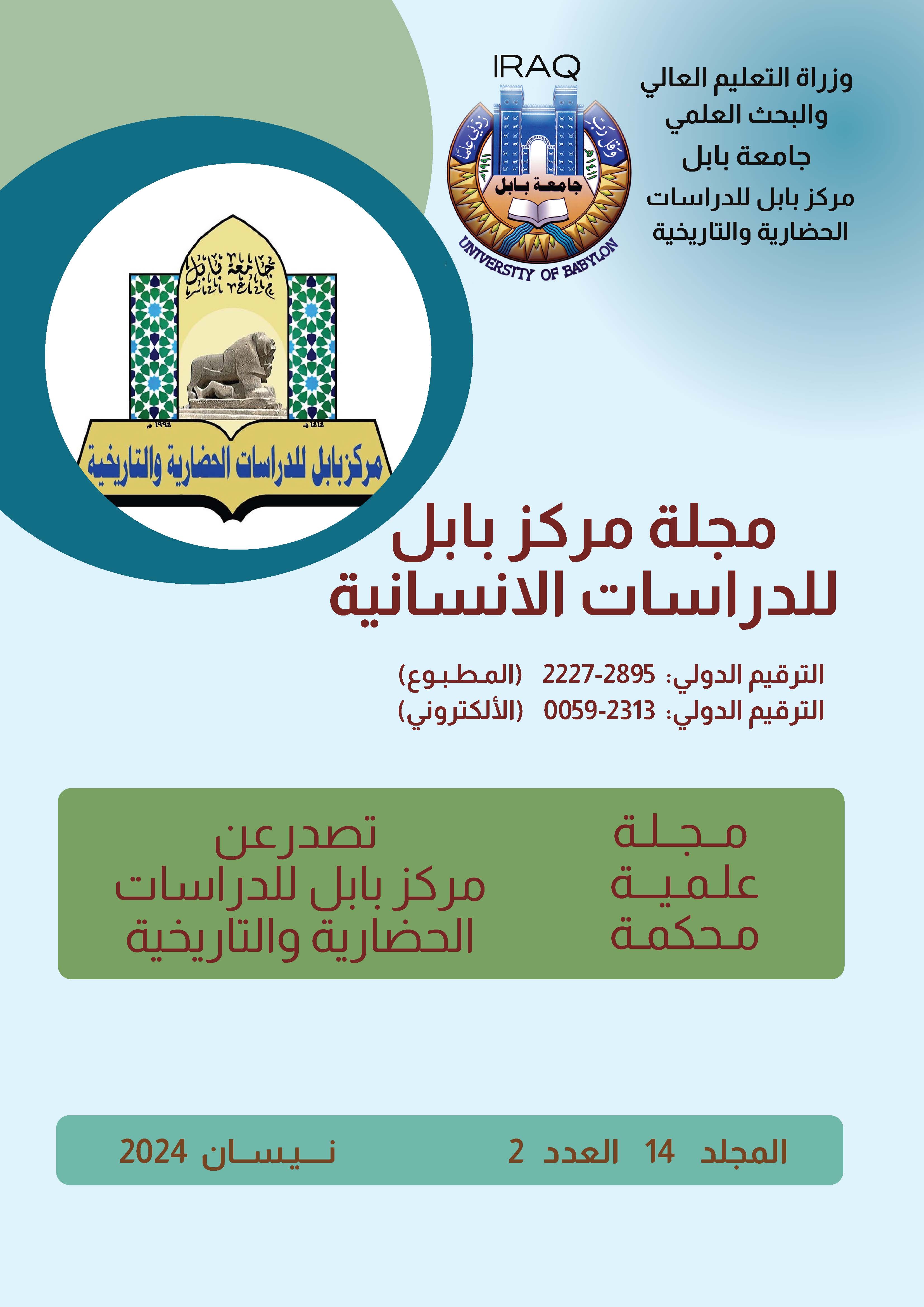Morphometric analysis of the Wadi Shahak Basin in Sana’a Governorate (Yemen)
Keywords:
natural geographic features - morphometric characteristics - water basin - digital elevation model - geographic information systemsAbstract
The study dealt with the analysis of the morphometric characteristics of the Wadi Shahak Basin, represented by the areal, formal, and topographic characteristics, and the characteristics of the water drainage network. The study relied on Geographic information systems, topographic maps, and digital elevation models (DEM). The morphometric characteristics of the basin were determined, and a geographical database of the characteristics was built. Morphometric measurements of the Wadi Shahak basin through a set of geographic information systems programs based on digital elevation model data with a resolution of 30 meters. All values of the morphometric measurements of the basin were obtained, in addition to extracting the drainage networks. The work was also done very quickly, with less effort and with high accuracy compared to traditional methods. It was also shown through the study of the spatial and formal characteristics that the Wadi Shahak Basin tends to be more elongated than rounded. The width of the basin reached 6.7 km and its length was 35.2 km. The width represents less than a quarter of the length. The elongation ratio in the basin was 0.49 and the roundness ratio was 0.36. This means that Rainwater travels a long distance to reach the outlet of the basin and arrives weak and dispersed as a result of evaporation and seepage. It is also clear that the Wadi Shahak Basin is characterized by its severe eroding as a result of the nature of the geological structure, the beginning of the age stage, and a soft topographic texture rate due to the low density of vegetation cover and the intensity of eroding, which allows for the presence of surface runoff. And the rates of erosion increased, and it became clear that the Wadi Shahak Basin is ranked fifth according to the Strahler system, and that it has a large area of 236.9 km2, and consists of 27 sub-basins, and that the relationship between the number of waterways and rank is an inverse relationship, as the number of streams decreases with increasing rank until it reaches one stream in The last rank, and the relationship between the lengths of waterways and river ranks is also an inverse relationship. The average length of streams decreases with increasing rank. Likewise, the bifurcation rate in the Wadi Shahak basin reached 5.6, which is a high rate, and the drainage density reached 2.02 km/km2, which is a low rate due to the hardness of the rock formations and the fact that The fault zone is steep. The basin is in its early stages, the youth stage, that is, at the peak of its activity and is still affected by the process of weathering and erosion







